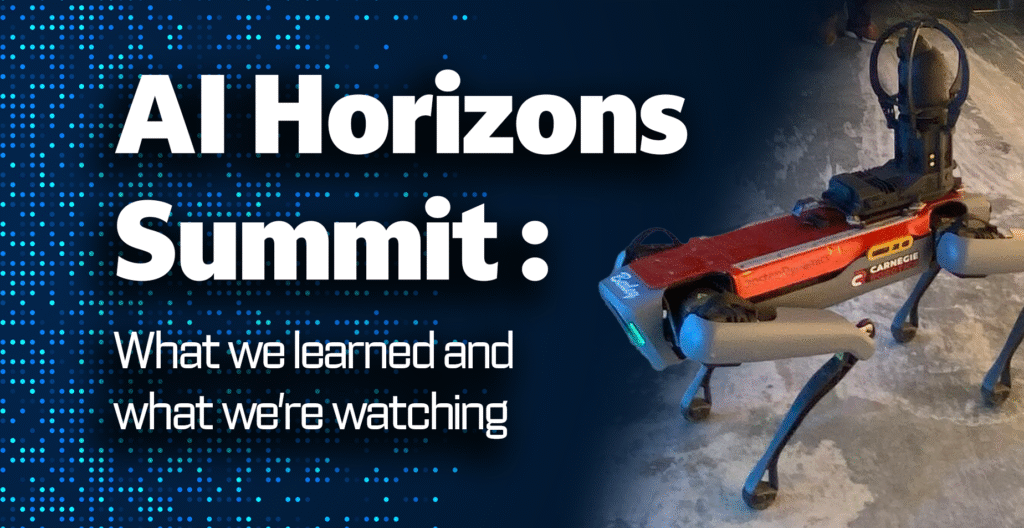In a conversation with Senior Consultant Glen Macnow, Ceisler Media & Issue Advocacy Principal Larry Ceisler offers insights on the changing landscape of local and national television news coverage.
How has local television news evolved in recent years?
Local television news has greatly changed since I started out as a producer in Pittsburgh for the iconic KDKA. The news anchor was gold back then. While Jim Gardner still holds that status in Philadelphia, it’s never going to be replicated. The local anchors are more than newsreaders, certainly, but they don’t have the impact they once did when Jim and Larry Kane were huge figures. And that’s not coming back. For one, local TV news just doesn’t have as many people watching live, over-the-air broadcasts.
Given that, what do local TV news operations need to do to reach their audience?
They’re adapting. They know people aren’t all viewing at six or 11 p.m., so they’re delivering news on multiple platforms. I can look down at my phone and see a story via Twitter that comes from a local channel. They’re publishing great content online. I’m told some of the stations in town actually may have more total reach than they did when they were just they were just on television.
For the consumer, the stations’ use of new platforms is a plus. When I read a report online from a television station or KYW Radio they tend to go deeper than they do on the air. And it’s there when I want to see it. The news doesn’t stop outside of 11 p.m., so it’s great to be able to see in-depth content around the clock.
How else should local television news continue to adapt?
Well, covering the news on TV would be a good start. Currently, it’s blood and guts, or just happy news. Plus weather and traffic. I’m hoping for more substance. They’re trying to do a good job with investigative news, although they’re not amplifying it enough to make an impact. But day to day there are local issues – economics and politics – that just don’t get coverage.
Some of the local TV stations now produce content they run only online – for example, Overheard at Tredici, Channel 6’s show with Ajay Raju. Do you think the goal is to reach a more engaged audience rather than just a mass audience?
Sure. The audience is so segmented these days and the station has to monetize it. So if they can reach a certain audience that adds credibility to their product, they can go and sell that. It’s becoming as much qualitative as it is quantitative.
Do you see the opportunity for other media to come in and fill a larger role in local news coverage?
There’s certainly room for hyperlocal coverage. The Inquirer retrenched from the suburbs, and many of the suburban papers are closing or cutting back, so you see other media going out and making an effort. There’s a vacuum there, but the challenge is how to how to make a go of it. It’s difficult to get people to pay for content and there’s so much competition for advertising.
Let’s look at the national perspective. How have you seen news coverage change on national TV?
It used to be that the big news came from three major networks, and they aimed to be objective. Now, people go to all sorts of places for their news, and there’s really no accountability. Most of it comes with some sort of bias. Consumers are looking for news that reflects their own opinion – so conservatives go to Fox, progressives watch MSNBC and those stations parrot what the viewers want to hear.
CNN wants to position itself as more objective and in the middle, but I think if you talk to a lot of people they don’t perceive it that way in terms of political news. I still think CNN is more of a go-to place when there is other breaking news – natural disasters or major crime news.
The impact of all this is that there’s no balance, just a reaffirmation of the viewer’s personal beliefs. So we get a dual reality – no common agreement on reality.
Is there room for objective news or a network that includes reasoned analysis from both sides?
I don’t think there is in the current national environment. But on a local level like Philadelphia or Pittsburgh, news outlets can be held accountable. You need that commitment to journalism from the local newspapers, and you need it from radio and TV news. It remains very important.
Do you sense an increasing audience for national news – as opposed to local news these days?
Donald Trump has nationalized everything, so people just don’t care about what happens locally the way the way they used to. Everything is national in scope. I’m not sure if that’s a permanent change. Trump is such a unique individual, so maybe we go back to some degree of normalcy after him if there’s a less divisive figure in the White House.
Bottom line: With all the media options out there, are people better informed now than they were 10 years ago?
I think people are better informed on national news, although they might want to question the quality of their information. But locally? No. Getting back to what I said, everything slants national these days, so local stories that people would be talking about five years ago seem to create no controversy or awareness now. Just yawns, even on big stories. So the challenge remains getting people engaged on the local level.




